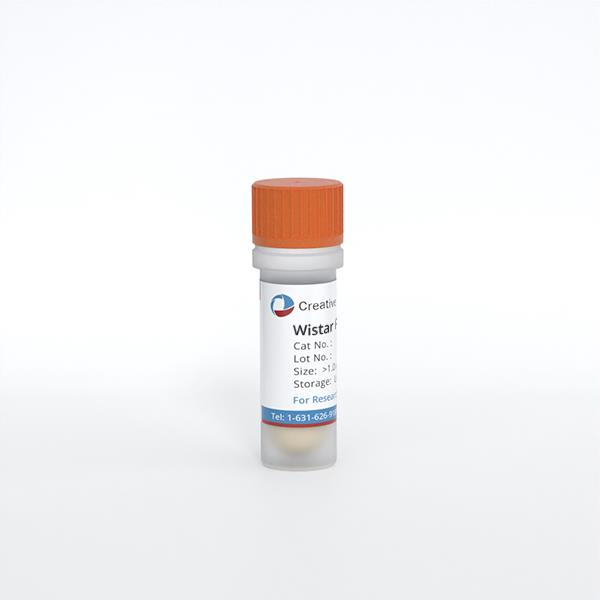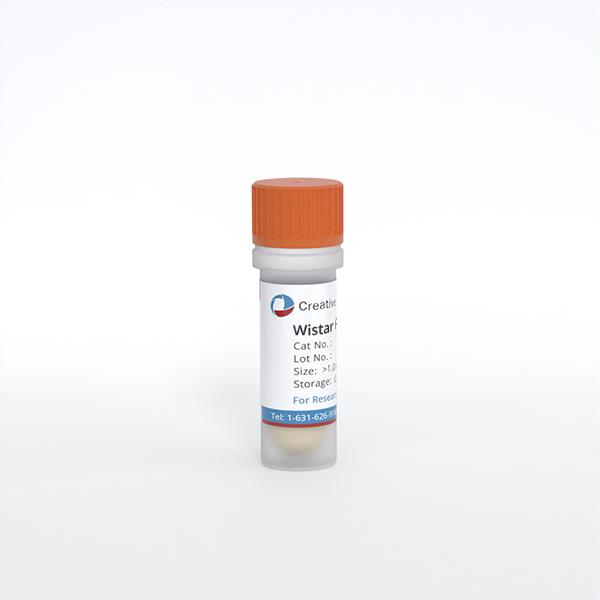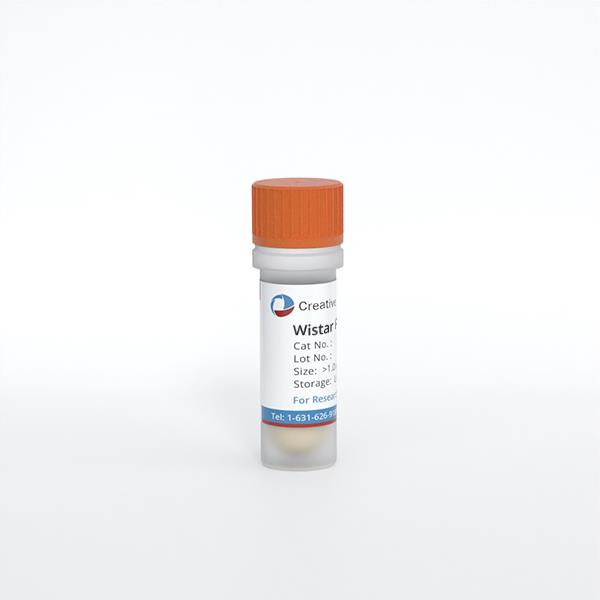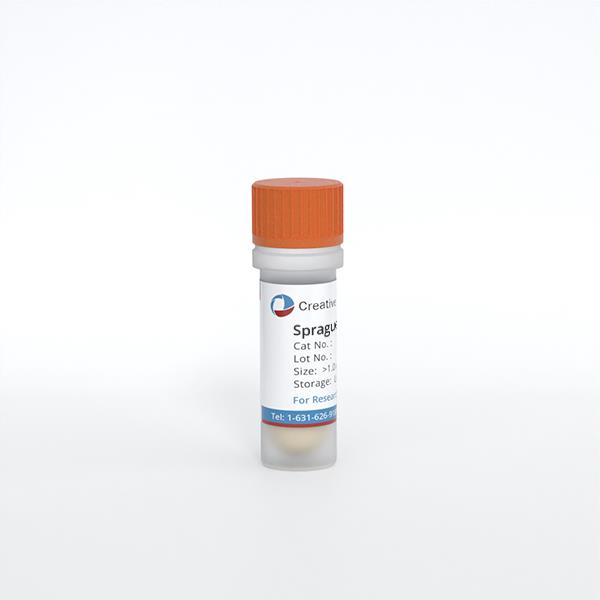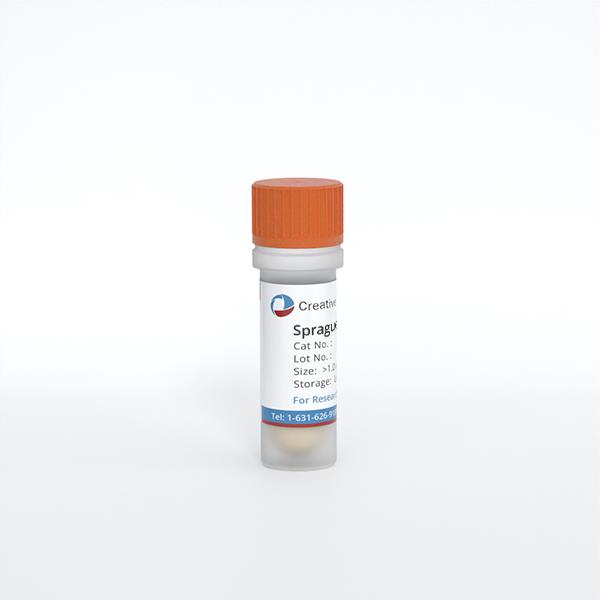Featured Products
Hot Products
ONLINE INQUIRY
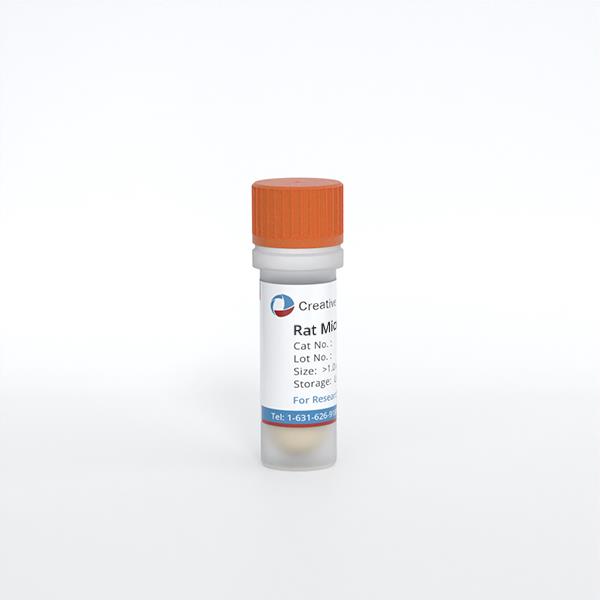
Rat Microglia
Cat.No.: CSC-C1800
Species: Rat
Source: Brain
Cell Type: Microglia; Glial Cell
- Specification
- Q & A
- Customer Review
Cat.No.
CSC-C1800
Description
Microglia can be considered the main cell in brain immune surveillance, can present antigens in the molecular context of MHC class II expression to CD-4 positive T cells, are capable of Fc-mediated phagocytosis, and share many common antigens with hemopoietic and tissue macrophages. Furthermore,microglia are involved in a variety of physiological and pathological processes in the brain by interacting with neurons and other glial cells and through production of biologically active substances such as growth factors, cytokines, and other factors.RM is isolated from day 2 rat brain tissue. Cells are harvested after purification and delivered frozen. Each vial contains >5 x 10^5 cells in 1 ml volume.
Species
Rat
Source
Brain
Recommended Medium
Applications
Disease pathogenesis in neurological conditions; Neurodevelopment; CNS plasticity and repair; Neuroinflammation; Aging and neurodegeneration; Neuropathic pain; Infections
Cell Type
Microglia; Glial Cell
Disease
Normal
Quality Control
RM are characterized by immunofluorescent method with antibody to F4/80. RM are negative mycoplasma, bacteria, yeast and fungi. RM are not recommended for long-term cultures since microglia do not proliferate in regular culture.
Storage and Shipping
Creative Bioarray ships frozen cells on dry ice. On receipt, immediately transfer frozen cells to liquid nitrogen (-180 °C) until ready for experimental use. Live cell shipment is also available on request. Never can primary cells be kept at -20 °C
Citation Guidance
If you use this products in your scientific publication, it should be cited in the publication as: Creative Bioarray cat no. If your paper has been published, please click here to submit the PubMed ID of your paper to get a coupon.
Are those primary cells or a cell line?
Rat Microglia are primary cells, not a cell line.
Ask a Question
Write your own review
- You May Also Need
Related Products


